Resources
Aseltine, R. H., Dupre, M., and Lamlein, P. (2000). Mentoring as a drug prevention strategy: An evaluation of across ages. Adolescent and Family Health, 1, 11-20.
Blum, Robert, School Connectedness: Improving the Lives of Students. Johns Hopkins Bloomberg School of Public Health, Baltimore, Maryland, 2005. (PowerPoint file also available)
Crone, D. A., Horner, R. H., and Hawken, L. S. (2004). Responding to problem behavior in schools: The behavior education program. New York: Guilford Press.
Christle, C.A., and Schuster, J.W. (2003). The effects of using response cards on student participation, academic achievement and on-task behavior during whole-class, math instruction. Journal of Behavioral Education, 12, 147-165.
CSDE (2008) Using Scientific Research-Based Interventions: Improving Education for all Students
Dappen, L., and Isernhagen, J. C. (2006). Urban and nonurban schools: Examination of a statewide student-mentoring program. Urban Education, 41, 151-168.
De Pry, R.L., and Sugai, G. (2002). The effect of active supervision and pre-correction on minor behavioral incidents in a sixth grade general education classroom. Journal of Behavioral Education, 11, 255-264.
Dufresne, Alexandra, J.D., Hillman, Annemarie Hillman, Carson, Cari, Kramer, Tamara, (2010) Connecticut Voices for Children, Teaching Discipline: A Toolkit for Educators on Positive Alternatives to Out-of-School Suspensions.
Eber, L., Breen, K., Rose, J., Unizycki, R. M., and London, T. H. (2008). Wraparound as a tertiary level intervention for students with emotional/behavioral needs. Teaching Exceptional Children, 40, 16-22.
Eber, L., Hyde, K., Rose, J., Breen, K., McDonald, D., and Lewandowski, H. (in press). Completing the continuum of schoolwide positive behavior support: Wraparound as a tertiary level intervention.
Eber, L., Sugai, G., Smith, C.R., and Scott, T.M. (2002). Wraparound and positive behavioral interventions and supports in the schools. Journal of Emotional and Behavioral Disorders, 10, 171-181.
Edwards, D., Hunt, D., and Meyers, M. H., Grogg, K. R., and Jarrett, O. (2005). Acceptability and student outcomes of a violence prevention curriculum. Journal of Primary Prevention, 26(5), 401-418.
Hansen, S.D. and Lignugaris-Kraft, B. (2005). Effects of a dependent group contingency on the verbal interactions of middle school students with emotional disturbance. Behavioral Disorders, 30, 170-184.
Ingram, K., Lewis-Palmer, T., and Sugai, G. (2005). Function-based intervention planning: Comparing the effectiveness of FBA indicated and contra-indicated intervention plans. Journal of Positive Behavior Interventions, 7, 224-236.
Kincaid, D., Knoster, T., Harrower, J., Shannon, P., and Bustamante, S., (2002). Measuring the impact of positive behavior support. Journal of Positive Behavior Interventions, 4, 109-117.
Lambert, M.C., Cartledge, G., Lo, Y., andHeward, W.L. (2006). Effects of response cards on disruptive behavior and academic responding during math lessons by fourth-grade urban students. Journal of Positive Behavior Interventions, 8, 88-99.
Lane, K. L., Wehby, J., and Menzies, H. M. (2003). Social skills instruction for students at risk for antisocial behavior: The effects of small-group instruction. Behavioral Disorders, 28, 229-248.
Losel, F., and Beelman, A. (2003) Effects of child skills training in preventing antisocial behavior: A systematic review of randomized evaluations. Annals of the American Academy of Political and Social Science, 587, 84-109.
Lo, Y., Loe, S. A., and Cartledge, G. (2002). The effects of social skills instruction on the social behaviors of students at risk for emotional or behavioral disorders. Behavioral Disorders, 27, 371-385.
March, R. E., and Horner, R., H. (2002). Feasibility and contributions of functional behavioral assessment in schools. Journal of Emotional and Behavioral Disorders, 13,158-170.
National Association of School Psychologists (2009), Position Statement: Appropriate Behavioral, Social, and Emotional Supports to Meet the Needs of All Students.
NEA Policy Brief. Disproportionality: Inappropriate Identification of Culturally and Linguistically Diverse Children.
Office of Special Education and Rehabilitative Services (2009). Building the Legacy of IDEA 2004 - Questions and Answers on Disproportionality.
Oswald, D.P., Coutinhio, M.J., Best, A.M., and Singh, N.N. (1999). Ethnic representation in special education: the influence of school-related economic and demographic variables. Journal of Special Education, 32, 194-206.
Rollin, S. A., Kaiser-Ulrey, C., Potts, I., and Creason, A. H. (2003). A school-based violence prevention model for at-risk eight grade youth. Psychology in the Schools, 40, 403-416.
Simonsen, B., and Sugai, G. (2007). Using schoolwide data systems to make decisions efficiently and effectively. School Psychology Forum, 1, 46-58.
Snell, M. E., Voorhees, M. D., and Chen, L.-Y. (2005). Team Involvement in Assessment-Based Interventions With Problem Behavior: 1997-2002. Journal of Positive Behavior Interventions, 7, 140-152.
Sprick, Randy, Garrison, Mickey (2008) Interventions, 2nd Edition; Pacific Northwest Publications.
Sugai, G., Horner R. (Eds). (2009) Handbook of Positive Behavior Support. New York: Springer.
Sutherland, K. S., Wehby, J. H., and Copeland, S. R. (2000). Effect of varying rates of behavior-specific praise on the on-task behavior of students with EBD. Journal of Emotional and Behavior Disorders, 8, 2-8.
Simonsen, Brandi (2010). National Technical Assistance Center on Positive Behavioral Interventions and Supports, U.S. Department of Education, Office of Special Education Programs.
State Board of Education (2010) Position Statement (Includes: Student Supports and Policy Guidance for Position Statement on Student Support Services).
Sugai, George (2010). Co-Director of the National Technical Assistance Center on Positive Behavioral Interventions and Supports, U.S. Department of Education, Office of Special Education Programs.
U.S. Department of Education, Office of Special Education Programs (2010). Implementation Blueprint and Self-Assessment: Schoolwide Positive Behavioral Interventions and Supports.
U.S. Department of Education, Institute of Education Sciences (2008). Reducing Behavior Problems in the Elementary School Classroom.
Westhues, A., Clarke, L., Watton, J., and St. Claire-Smith, S. (2001). Building positive relationships: An evaluation of process and outcomes in a big sister program. Journal of Primary Prevention, 21, 477-493.
Yarbrough, J.L., Skinner, C.H., Lee, Y.J., and Lemmons, C., (2004). Decreasing Transition Times in a Second Grade Classroom: Scientific Support for the Timely Transitions Game. Journal of Applied School Psychology, 20, 85-107.


